Avast, matey! 5 of the biggest pirate hauls in history
Take a look at five of the biggest treasures that pirates have ever plundered.
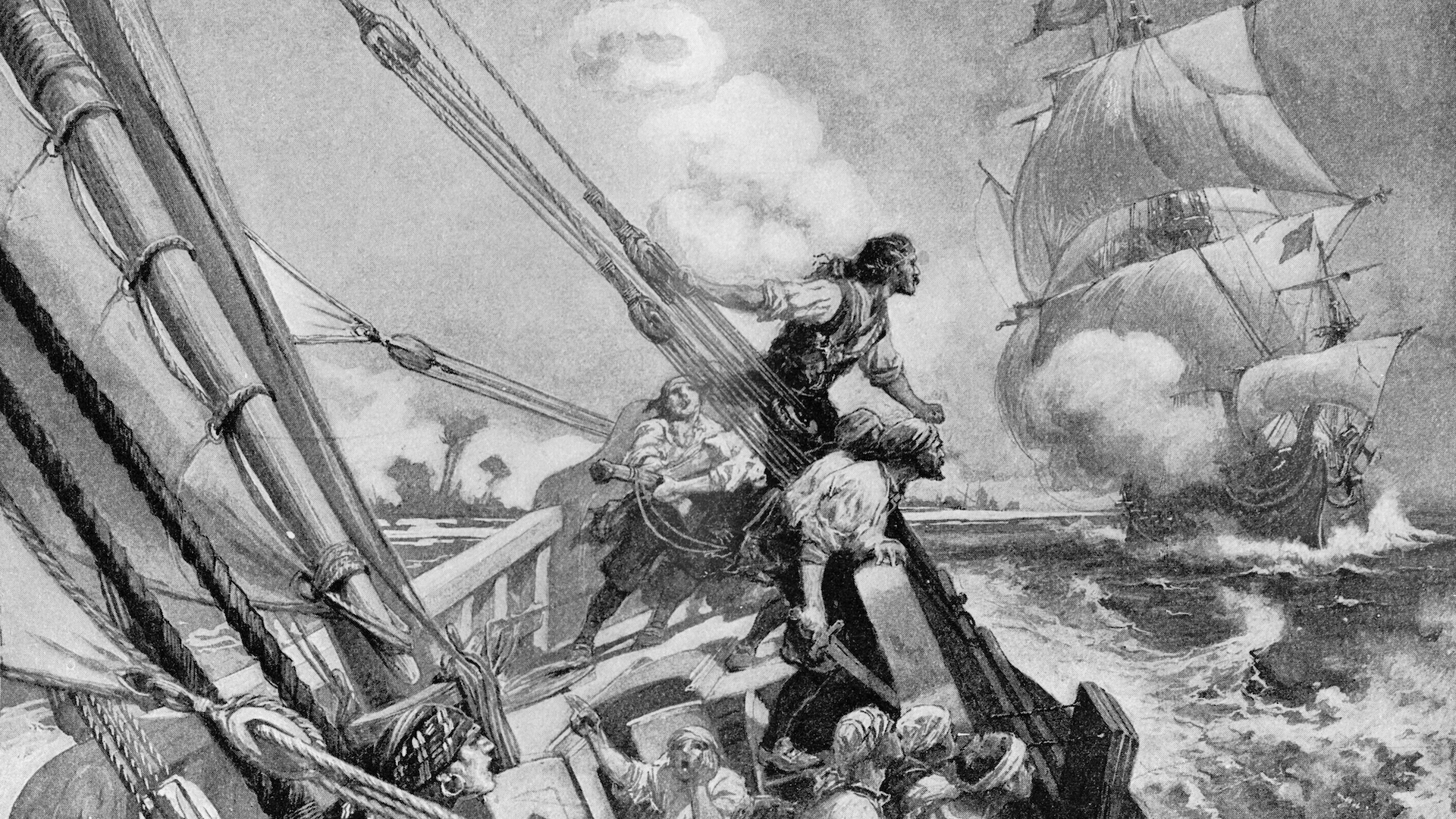
Pirates and the loot they plundered have long fascinated us. Stories like "Treasure Island" and movies like "Pirates of the Caribbean" have helped increase the popularity of these sea raiders. In this countdown, Live Science looks at some of the biggest treasures that pirates have ever plundered.
While valuables were plundered by well known pirates, such as Capt. William Kidd, others were captured by pirates that are much more obscure. Many of the pirates that captured these stashes didn't live long to enjoy them, although a few managed to survive the ensuing manhunts.
Henry Every captures the largest pirate haul in history

In September 1695, a fleet of pirate ships commanded by Henry Every (also known as Henry Avery) attacked a convoy of 25 ships that belonged to the Mughal Empire of South Asia. They succeeded in capturing several ships, including the Ganj-i-Sawai, a ship belonging to the Mughal emperor himself. They stole more than 500,000 pieces of gold and silver, making it the largest prize taken by pirates in history, Srinivas Reddy, a visiting assistant professor of religion studies at Brown University, wrote in a 2020 paper published in the journal Asian Review of World Histories.
Every soon found himself on the run as the British government and the East India Company, a British trading company that conducted extensive business with the Mughals, both put large bounties on his head. While Every was never captured, it's not clear what his fate ultimately was.
William Kidd captures the ship "Quedagh Merchant"
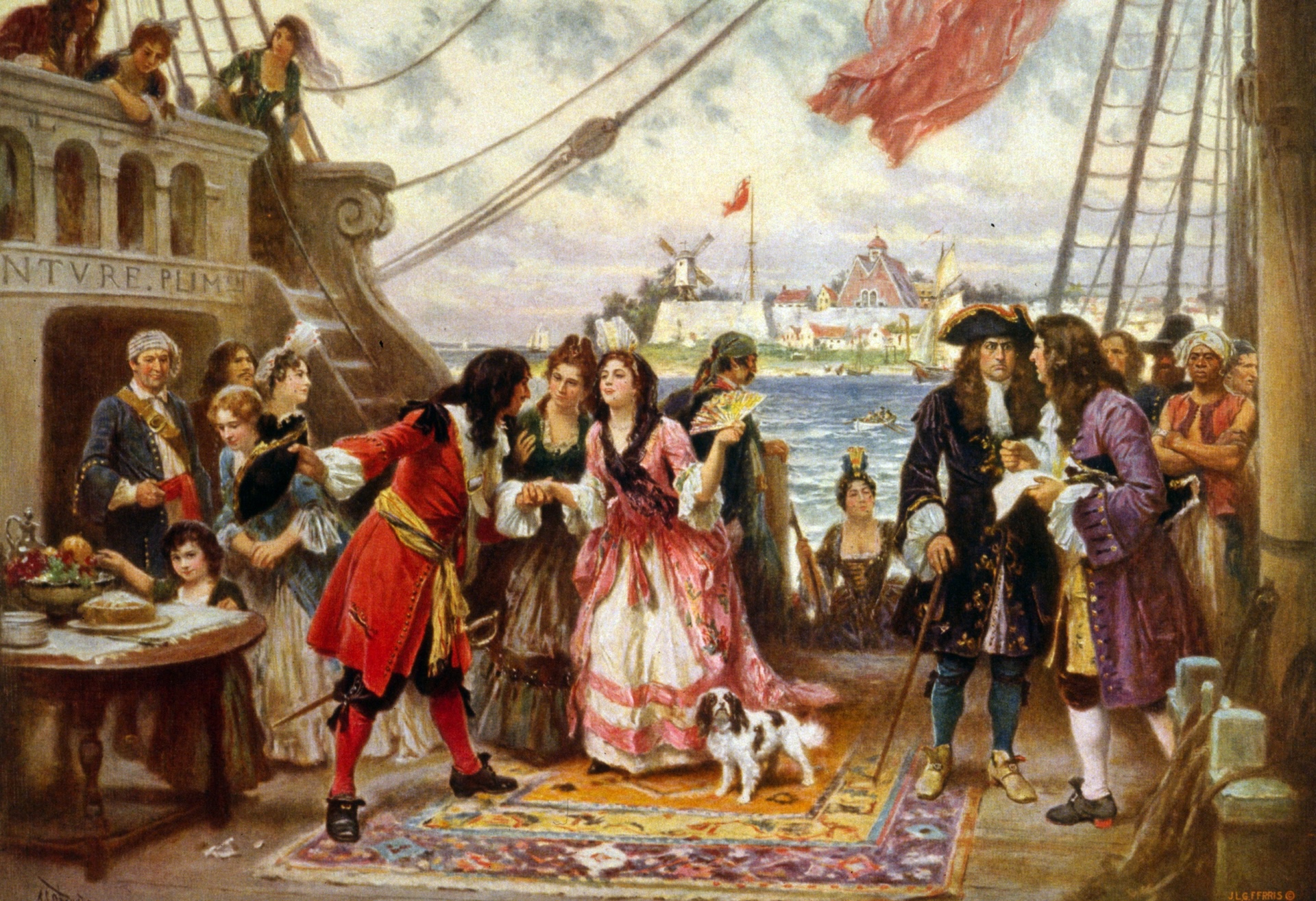
On Jan. 30, 1698, Capt. William Kidd captured a vessel named the "Quedagh Merchant" that was loaded with gold, silver, silks, satins and other valuable goods. Kidd was a privateer, which meant that he had permission from the English crown to attack ships that belonged to England's enemies. However, the Quedagh Merchant didn't belong to England's enemies; it had an English captain and carried goods that belonged to the East India Company and the Mughal Empire, Reddy noted in the paper.
Kidd was branded a pirate by England and was captured in New York City. He was transported to London where he was hanged in 1701. What happened to William Kidd's treasure has long been a source of speculation and led to stories that he hid it somewhere before his capture.
Capture of the ship "Nossa Senhora Do Cabo"
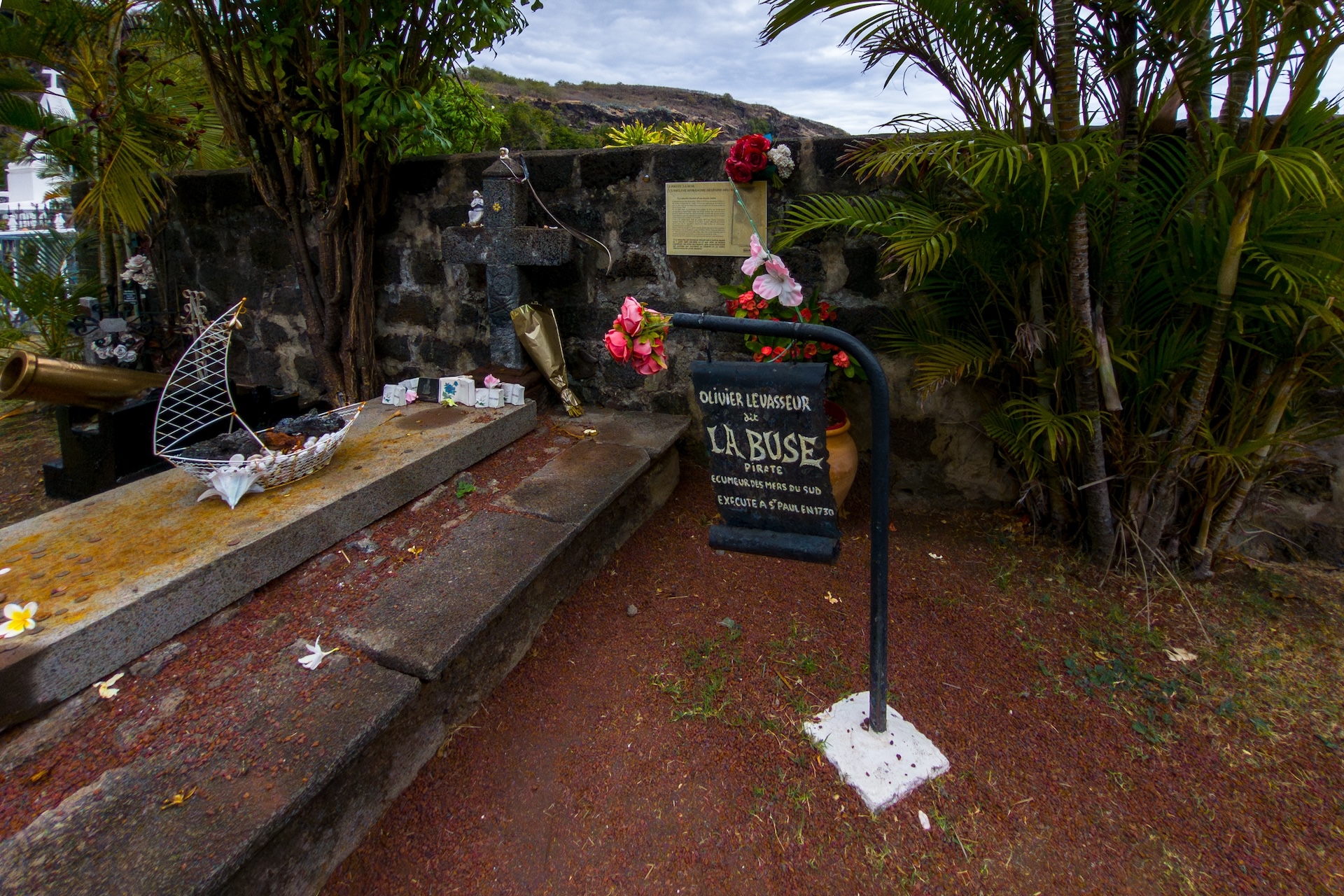
On April 8, 1721, a group of pirate ships captured the Portuguese ship Nossa Senhora Do Cabo (our lady of the Cape) that was carrying cargo being transported for two individuals, the viceroy of Goa (a city and state in India that was controlled by Portugal at the time) and the archbishop of the city. The treasure consisted of ingots of gold and silver, chests full of pearls and a gold cross that weighed about 220 pounds (100 kg) and was studded with rubies, researcher Denis Piat wrote in his book "Pirates & Privateers in Mauritius" (Didier Millet, 2014). While an impressive haul, it didn't end well for Olivier Levasseur (also known as "La Buse," French for "The Buzzard") who was one of the pirate captains. He was captured and hanged on the island of Reunion in 1730.
Get the world’s most fascinating discoveries delivered straight to your inbox.
According to one story, just before he was hanged he tossed a manuscript containing a cryptogram (a coded message) to the assembled crowd and said that it led to the location of some of the treasure — which to this day has never been found. However, some scholars believe that this story is false and the cryptogram that he supposedly wrote was created after his death. Today some modern-day treasure hunters still seek his riches.
Whydah Gally treasure
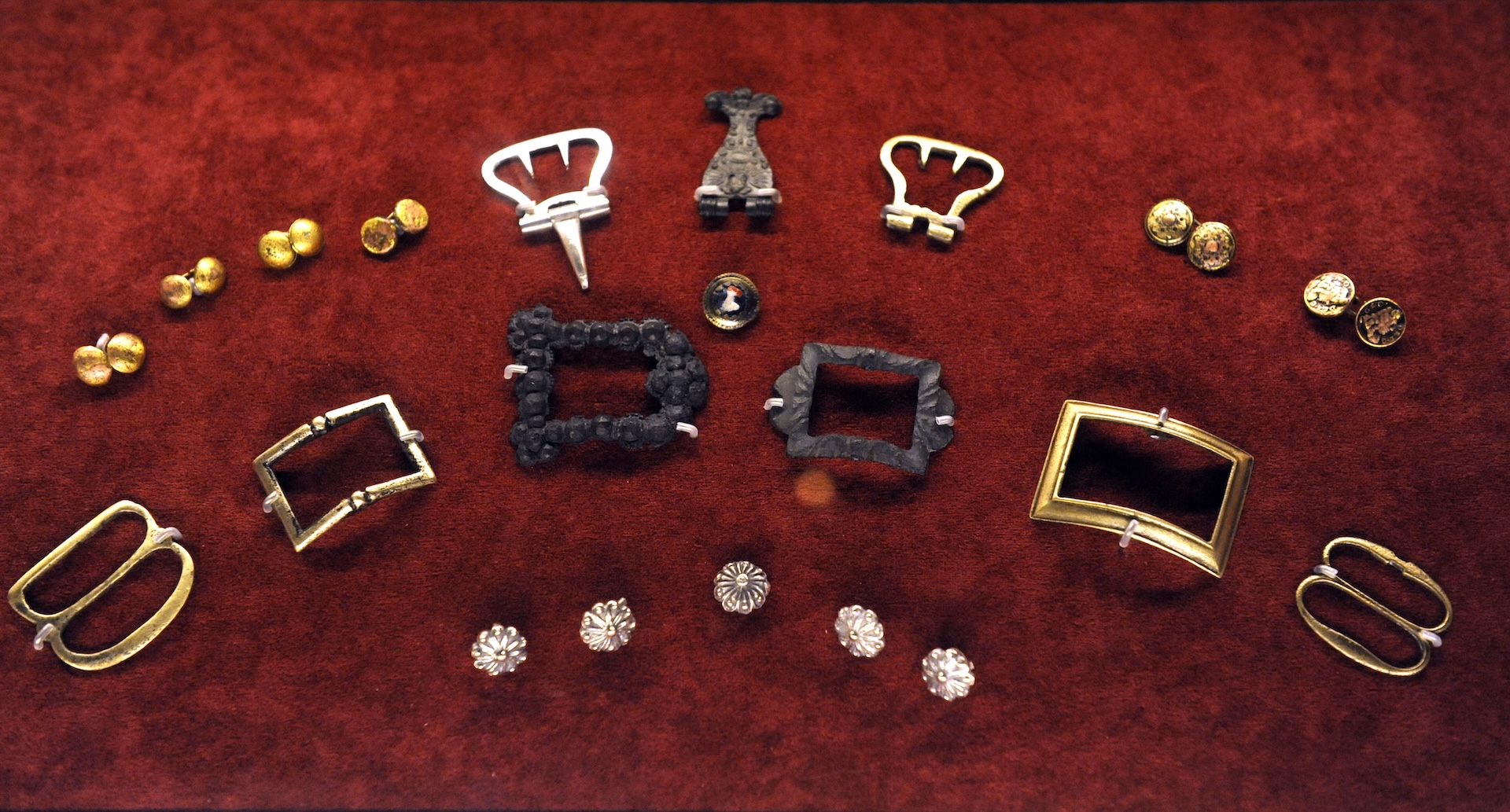
In January or February of 1717, a group of pirates led by Sam Bellamy captured a slave ship called the Whydah Gally in the Bahamas. The ship had already completed a trip bringing slaves to North America at the time it was captured. Impressed by its size, speed and armaments, the pirates decided to make it their flagship. Their fleet had captured and looted dozens of merchant ships in the Caribbean and much of their plunder was stored on the flagship, the Whydah Pirate Museum notes on their website. Unfortunately for the pirates, the ship sank in a storm on April 26, 1717 and only two people on the ship survived. Bellamy himself was killed when the ship sank.
The survivors claimed that the ship held more than 30,000 British pounds worth of treasure in its hold. That's worth more than 5.4 million pounds ($7.2 million USD) today, according to the Bank of England's inflation calculator. In 1984, a team of explorers succeeded in finding the wreck and in uncovering some of the artifacts, which can now be seen in the Whydah Pirate Museum in Yarmouth, Massachusetts.
Robert Culliford & Dirk Chivers capture the ship "Great Mohammed"
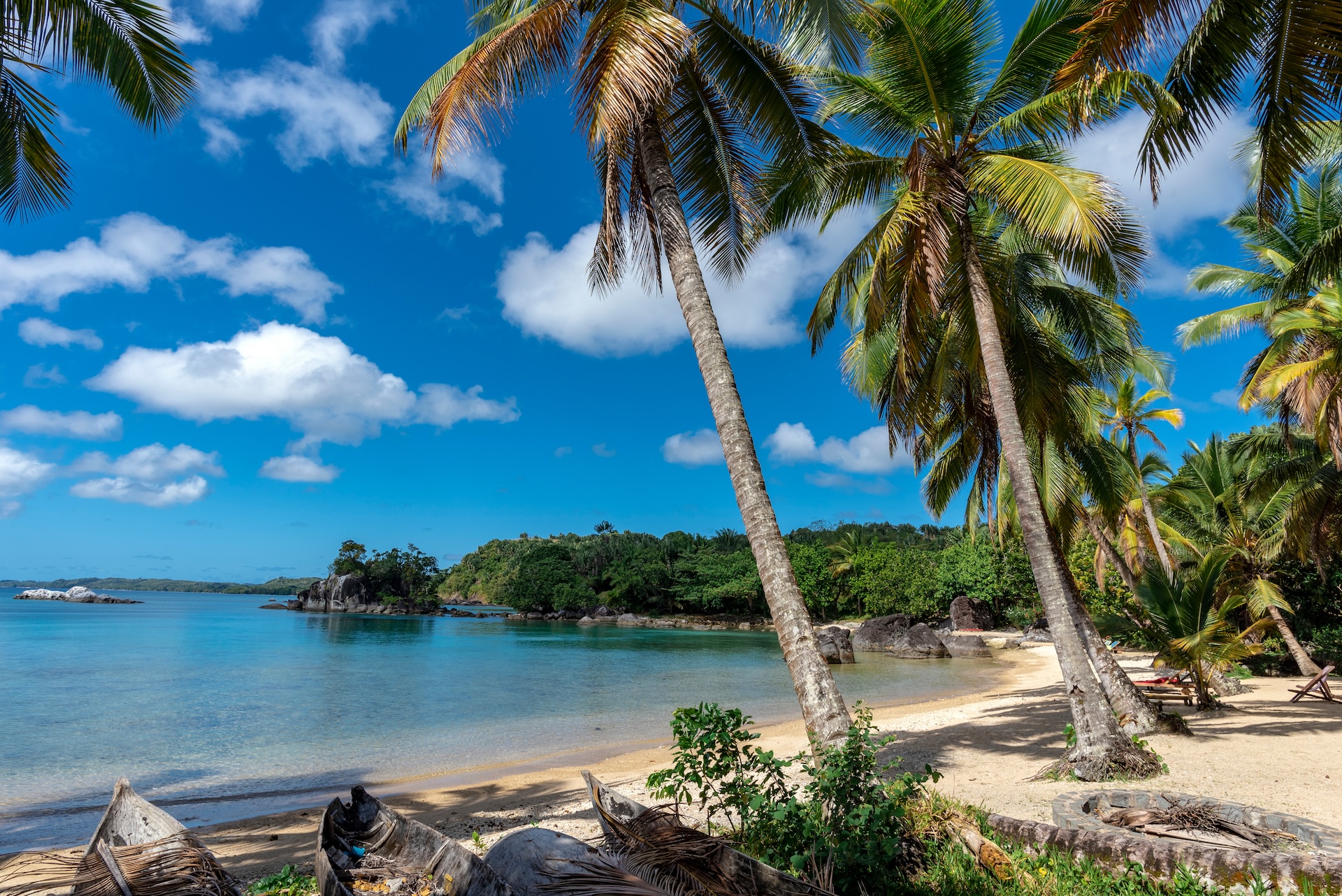
In 1698, the Dutch pirate Dirk Chivers and the English pirate Robert Culliford, along with their crews, teamed up to capture the "Great Mohammed" — a ship carrying pilgrims bound for Mecca, Tim Travers, professor emeritus of history at the University of Calgary, wrote in his book "Pirates: A History" (The History Press, 2009). The captured plunder was worth about 130,000 pounds or more than 19 million pounds ($25.5 million USD) in present-day value, the Bank of England's inflation calculator says.
The pirates took their ill-gotten gains to the island of St. Mary (also known as Saint Marie or Nosy Boraha) near Madagascar. During the trip, the passengers met a terrible fate, with surviving witness accounts claiming that the pirates tortured and raped passengers who were traveling on the Great Mohammed. Both pirates were captured not long afterward; Chivers died in a Bombay prison while Culliford decided to testify against other pirates in exchange for his freedom. It's unclear what became of the treasure.

Owen Jarus is a regular contributor to Live Science who writes about archaeology and humans' past. He has also written for The Independent (UK), The Canadian Press (CP) and The Associated Press (AP), among others. Owen has a bachelor of arts degree from the University of Toronto and a journalism degree from Ryerson University.
You must confirm your public display name before commenting
Please logout and then login again, you will then be prompted to enter your display name.


